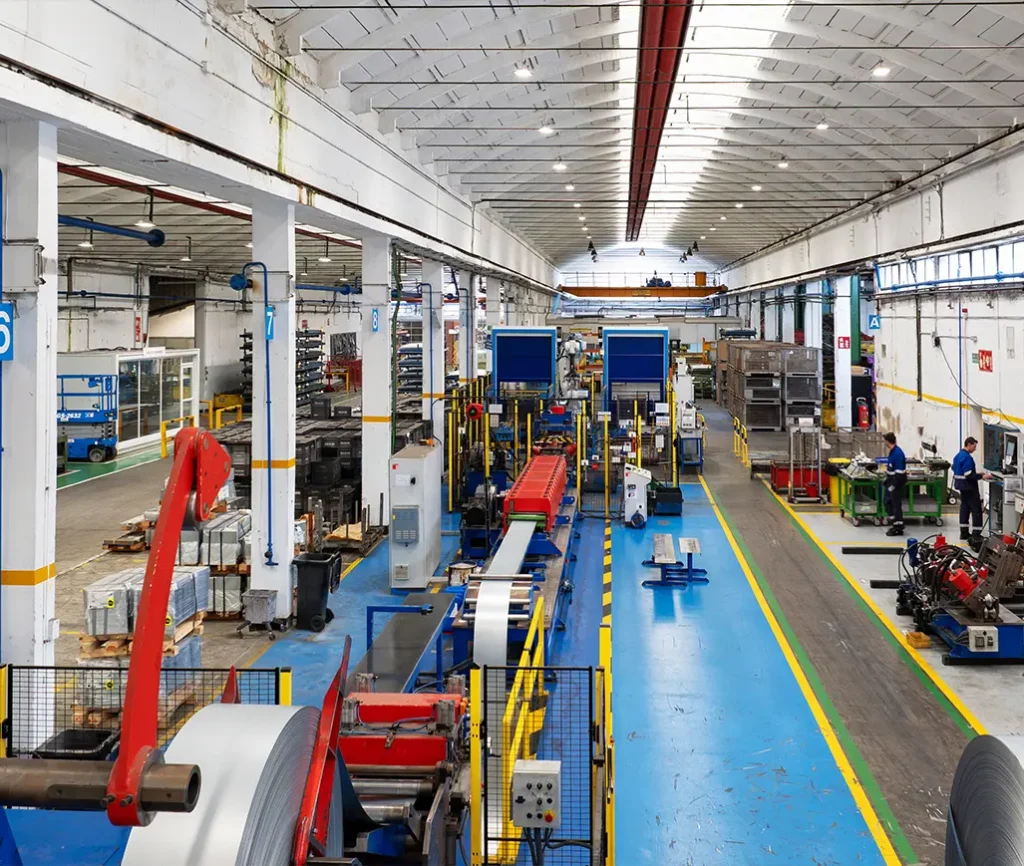Processes:
Roll-forming
The roll-forming process involves creating metal profiles via controlled plastic deformation. This method is used to manufacture structural and functional components that require specific geometries and tight tolerances. During roll-forming, the metal is fed through rolls or dies that apply pressure to shape the part.
Need help?
Talk to our specialists

This process is key when it comes to manufacturing parts (like structural beams, rails, and other elements) that require strength and dimensional accuracy. The advantage of roll-forming is that it works with a variety of materials (from carbon steel to more complex alloys) and the end product meets the strength and durability demands of automotive applications.
In addition, roll-forming optimises material usage and reduces waste, thus increasing efficiency and sustainability levels. This process is integrated into automated or semi-automated production lines, ensuring high quality standards and consistency in the mass production of crucial components for the automotive industry.








